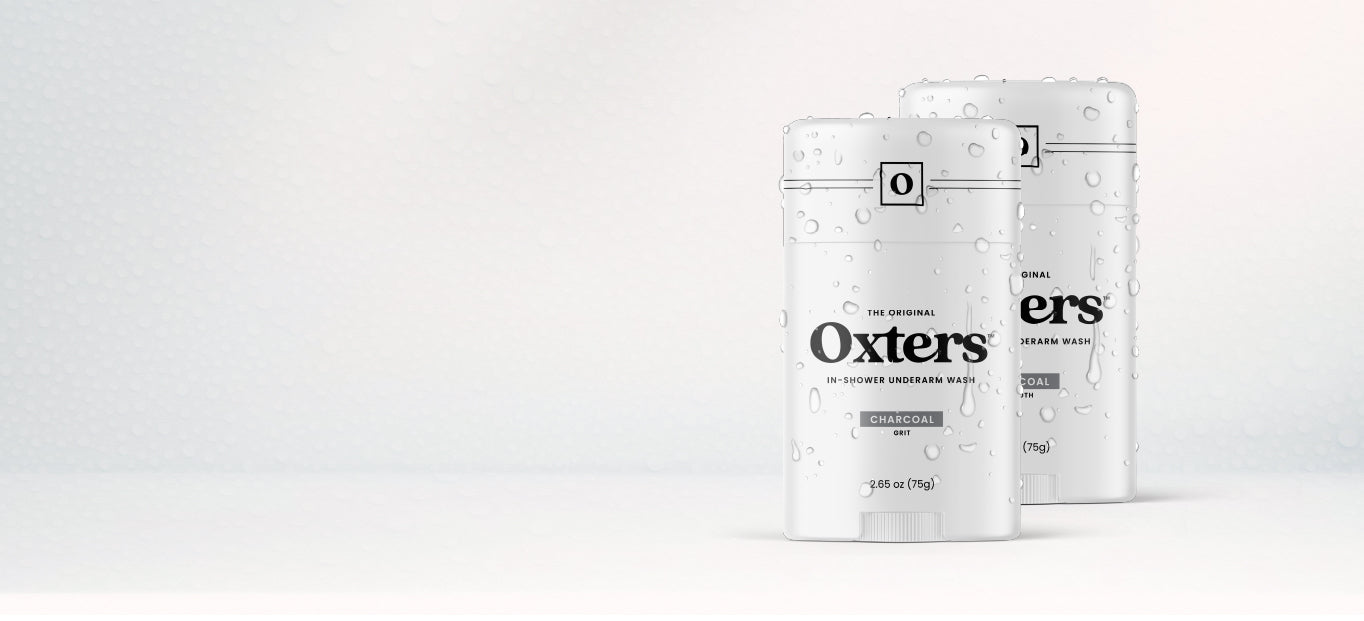Proper underarm washing is essential for maintaining hygiene and improving well-being. Daily cleansing with antibacterial soaps removes sweat and bacteria, significantly reducing odor. This practice also prevents infections by eliminating potential pathogens and supports skin health by balancing pH levels and providing necessary hydration. Regular hygiene can enhance self-confidence by mitigating body odor, which is essential for social interactions. Effective washing and appropriate antiperspirant use can also manage perspiration, reducing discomfort. Attention to these habits can lead to improved personal hygiene and overall health—explore further for detailed strategies to integrate into your routine.
Table of Contents
Odor Control
Effective odor control through proper underarm washing techniques is crucial for maintaining personal hygiene and preventing the proliferation of odor-causing bacteria. Sweat glands produce perspiration, which, when not adequately cleaned, can lead to bacterial growth and subsequent scent formation. Evidence-based practices suggest using antibacterial soaps to enhance odor elimination. The choice of deodorant also plays a pivotal role in managing underarm odor, as it can neutralize bacteria and mask unpleasant smells. Regular and thorough washing disrupts the environment favorable to bacterial colonization, thereby reducing the likelihood of malodor. Implementing these measures guarantees that individuals can maintain a pleasant personal scent, contributing to overall health and well-being and fostering a more enjoyable environment for those around them.
Infection Prevention
Proper underarm washing is essential in preventing infections, as it removes potential pathogens that can cause skin irritation and other dermatological issues. Effective hygiene practices target bacterial growth and mitigate the risk of fungal infections, which thrive in moist environments like the underarms. The proximity of the lymph nodes to the underarms underscores the importance of maintaining cleanliness to prevent systemic infections. Traditional deodorants can sometimes exacerbate skin conditions; therefore, deodorant alternatives, such as natural or hypoallergenic options, are advisable. Routine and thorough washing disrupts the microbial habitat, which is vital for individuals committed to serving others and maintaining good health. This evidence-based approach promotes a healthier, infection-free environment, enhancing overall well-being.
Skin Health
Maintaining ideal underarm skin health necessitates a regimen that balances cleansing with moisturization to prevent dryness and irritation. Proper underarm care involves maintaining the skin’s pH balance, which is essential for irritation prevention. Utilizing mild cleansers aids in preserving the acid mantle of the skin. Skin hydration is paramount; incorporating moisturizers with humectants can prevent dryness and flaking. Gentle exfoliation, performed weekly, helps remove dead skin cells without causing abrasions. Opting for natural deodorants can minimize exposure to potential irritants and allergens.
- Use pH-balanced cleansers to maintain the skin’s natural acidity.
- Apply moisturizers containing humectants like glycerin for effective hydration.
- Engage in gentle exfoliation once a week to remove dead skin cells.
- Choose natural deodorants to reduce the risk of skin irritation.
Boosting Self-Confidence
Developing a thorough underarm hygiene routine can significantly enhance self-confidence by reducing body odor and discomfort. Effective personal hygiene practices, including regular cleansing with antibacterial agents, can mitigate malodorous compounds produced by bacterial activity. This reduction in unpleasant odors fosters a vital mindset, which is essential for confidence building. Empirical evidence suggests that individuals practicing meticulous underarm hygiene experience improved mental clarity and reduced anxiety in social interactions. This is particularly significant for caregiving professionals, where close contact is frequent. Proper underarm hygiene elevates personal well-being and promotes a respectful and professional environment, ultimately enhancing one’s ability to serve others effectively. Maintaining such hygiene is essential to holistic health, directly influencing social and psychological wellness.
Reducing Sweating
Effective sweating reduction, particularly in the underarm area, is crucial for minimizing both physiological discomfort and the risk of dermal infections. Implementing strategies such as proper antiperspirant usage can significantly inhibit sweat gland activity, thereby reducing moisture. Understanding sweating triggers, such as heat and stress, also allows for developing targeted moisture management techniques. Ideal clothing choices, including breathable fabrics, can further aid in controlling perspiration levels.
Antiperspirant usage: Select clinical-strength products to block sweat gland activity efficiently.
Sweating triggers: Identify and mitigate factors like stress and high temperatures.
Moisture management: Employ absorbent materials and regular underarm washing.
Clothing choices: Wear breathable, moisture-wicking fabrics to enhance comfort.
Enhancing Comfort
Optimizing underarm comfort requires a multifaceted approach that includes maintaining skin integrity, minimizing irritation, and ensuring dryness through evidence-based practices and appropriate product selection. Effective moisture management prevents conditions like intertrigo and dermatitis, which can compromise skin health. Selecting breathable fabrics that promote fabric freshness can greatly enhance clothing comfort and reduce irritation. Materials such as cotton and moisture-wicking synthetics ease movement by keeping the underarm area dry and less prone to chafing. Additionally, applying dermatologically tested antiperspirants or deodorants can further support irritation reduction and overall comfort. Prioritizing these strategies helps maintain excellent underarm hygiene, contributing to an individual’s well-being and ability to serve others effectively.
Daily Routine Tips
Incorporating specific daily routine practices is essential for maintaining high-quality underarm hygiene and preventing dermatological issues. Establishing a structured morning routine and evening shower regimen can improve skin health. Gentle exfoliation should be performed bi-weekly to remove dead skin cells and prevent clogged pores. Opt for a natural deodorant to reduce the risk of irritation and allergic reactions. Fragrance-free soap is critical to avoid chemical interactions leading to dermatitis or other skin conditions.
Morning routine: Start your day with cleansing to remove sweat and bacteria.
Evening shower: Ensure thorough washing to remove daily build-up.
Gentle exfoliation: Perform bi-weekly to maintain clear skin.
Natural deodorant: Choose to minimize potential skin irritation.
Conclusion
To conclude, meticulous underarm hygiene is a linchpin for maintaining peak health. This habit proves indispensable by curbing odor, thwarting infections, preserving skin integrity, and enhancing self-assurance. It mitigates excessive sweating and augments comfort, embedding itself as an essential component of daily routines. Incorporating underarm washing into regular hygiene practices can be likened to a keystone in a well-constructed arch, pivotal for holistic well-being.






